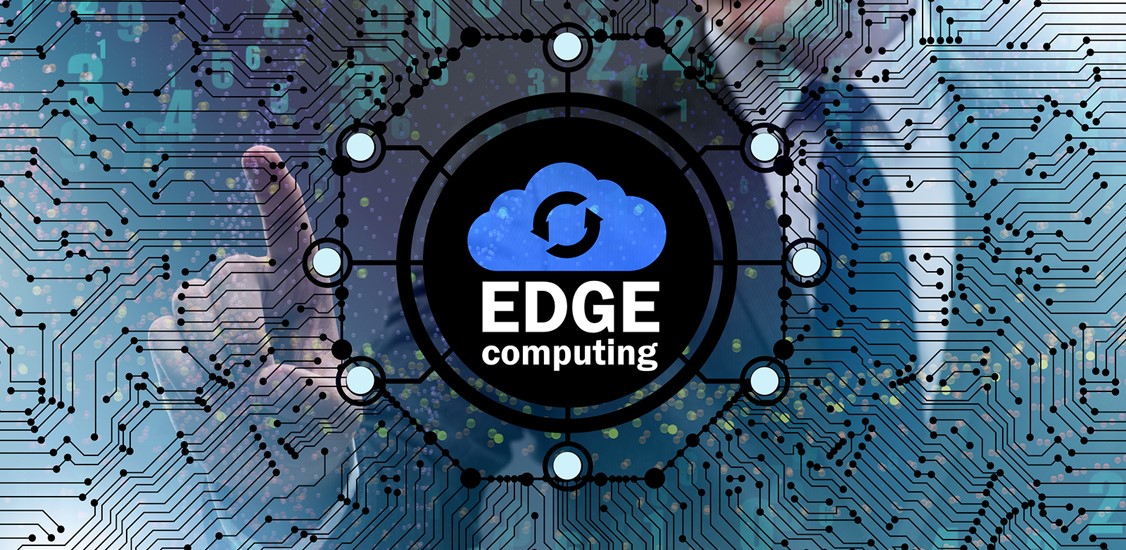


 2:27:44
2:27:44  2024-12-16
2024-12-16  566
566

Although edge computing has the potential to provide compelling benefits across a multitude of use cases, the technology is far from foolproof. Beyond the traditional problems of network limitations, there are several key considerations that can affect the adoption of edge computing:
Reality Of Islam |
|

Two spacecr

Scientists

We wash our
 9:3:43
9:3:43
 2018-11-05
2018-11-05
10 benefits of Marriage in Islam
 7:5:22
7:5:22
 2019-04-08
2019-04-08
benefits of reciting surat yunus, hud &
 9:45:7
9:45:7
 2018-12-24
2018-12-24
advantages & disadvantages of divorce
 11:35:12
11:35:12
 2018-06-10
2018-06-10
 6:0:51
6:0:51
 2018-10-16
2018-10-16
a hero waters thirsty wild animals
 9:4:9
9:4:9
 2022-01-06
2022-01-06
 1:38:41
1:38:41
 2021-12-08
2021-12-08
 8:4:21
8:4:21
 2022-01-08
2022-01-08
 8:19:41
8:19:41
 2018-06-21
2018-06-21
 3:18:29
3:18:29
 2022-12-24
2022-12-24
 2:42:26
2:42:26
 2023-02-02
2023-02-02
 6:14:17
6:14:17
 2018-06-21
2018-06-21
 5:41:46
5:41:46
 2023-03-18
2023-03-18
| LATEST |